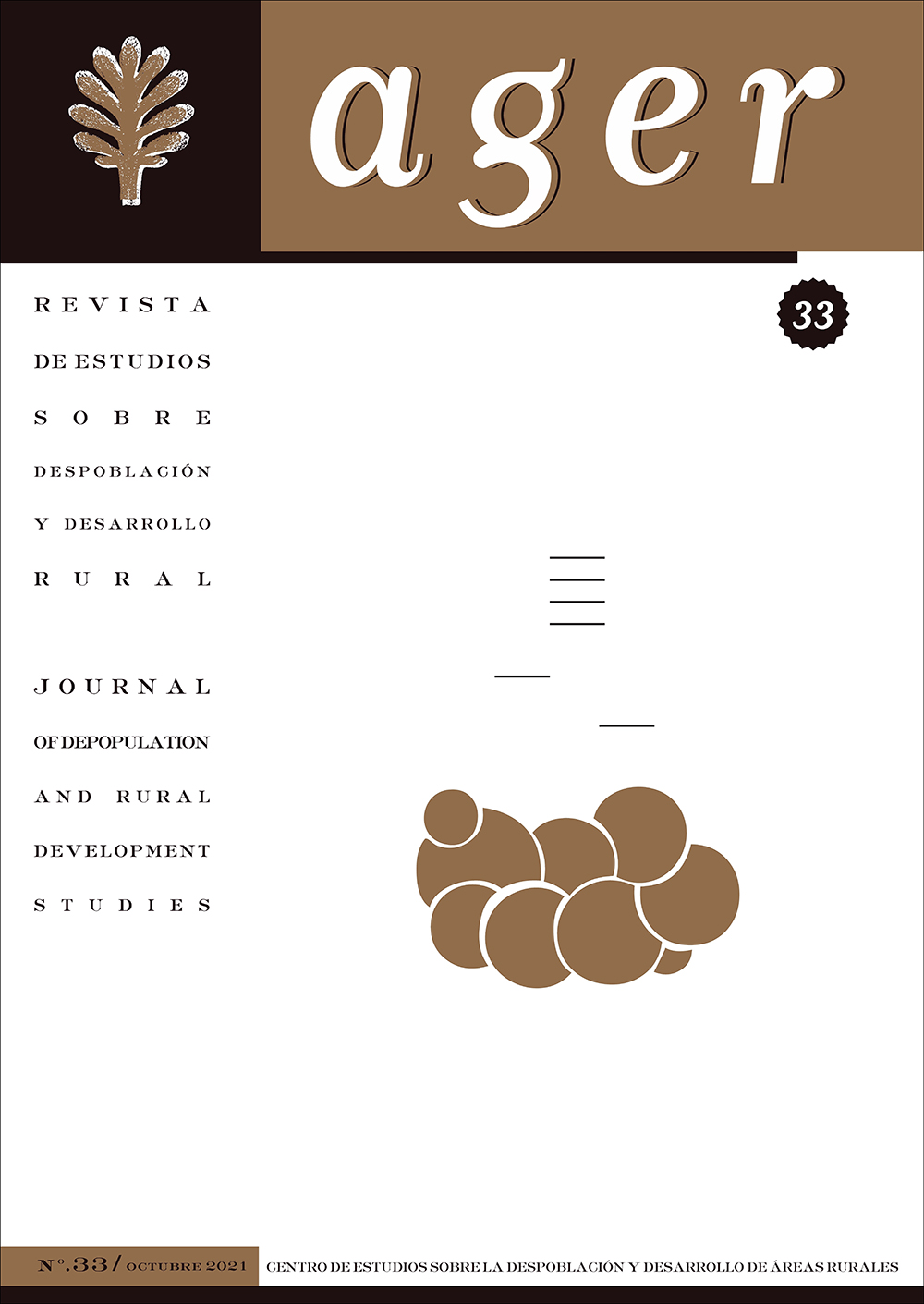From the Homestead Act to Heartland Visas. Rural Population Policies in the United States over Time and across Scale
Resumo
This paper traces the history of United States policy initiatives intended to attract people to rural regions from the late 1700s through the present. These policies can be loosely grouped into four different historical epochs each with different foci. The earliest epoch established the federal government’s authority to divide and sell the vast rural lands of the American West and used relatively open immigration policies to attract would be settlers. The mid-19th century ushered in the second epoch when the government used free land as an incentive to attract population primarily to the Great Plains. Following the Great Depression, federal policy shifted to a third epoch in which investments were directed to address severe rural disadvantage, and the fourth epoch is marked by a more neoliberal approach in which individual communities identify their own needs and design appropriate policy measures. In this fourth epoch, federal government serves primarily as a source of funds rather than hold any real responsibility to administer comprehensive policy programs. The paper concludes by describing several state and local initiatives which ironically turn back once more to using free land and immigration policy to draw would be settlers to the countryside.
Publicado
Edição
Secção
Licença
Aquellos autores/as que tengan publicaciones con esta revista, aceptan los términos siguientes:
- Los autores/as conservarán sus derechos de autor y garantizarán a la revista el derecho de primera publicación de su obra, el cuál estará simultáneamente sujeto a la Licencia de reconocimiento de Creative Commons que permite a terceros compartir la obra siempre que se indique su autor y su primera publicación esta revista.
- Los autores/as podrán adoptar otros acuerdos de licencia no exclusiva de distribución de la versión de la obra publicada (p. ej.: depositarla en un archivo telemático institucional o publicarla en un volumen monográfico) siempre que se indique la publicación inicial en esta revista.
- Se permite y recomienda a los autores/as difundir su obra a través de Internet (p. ej.: en archivos telemáticos institucionales o en su página web), lo cual puede producir intercambios interesantes y aumentar las citas de la obra publicada. (Véase El efecto del acceso abierto).

